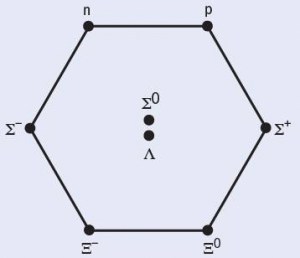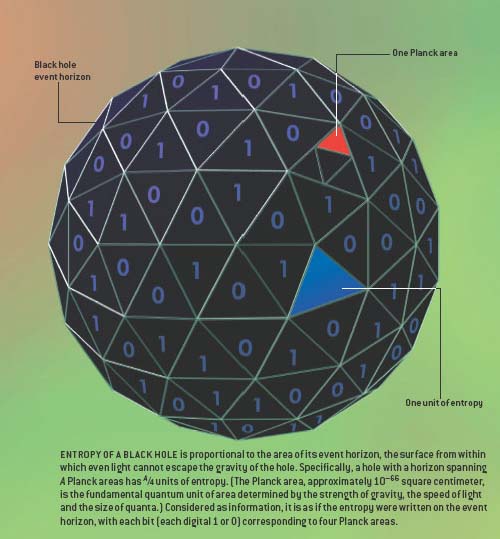The assumption that Case 3 of the Simulation Argument is in fact true has commonly become known simply as the Simulation Hypothesis. While the Simulation Hypothesis was a primarily philosophical in origin, a number of different discoveries and oddities have been found in the phyiscal universe have been found that have made researchers consider this hypothesis as one of physicality as well.
One fantastic analogy for this connection was comparing the physical world to the graphics processing. In a computer game, for example, any number of objects can exist within the games code. As the game is played, however, the graphics card only renders (draws) those objects to the computer screen as they would come into the vision of the player. Objects that are not being rendered can exist anywhere else within the game at that moment of time. Quantum physics has found a similar occurence: namely that the position of a particle is indeterminate until it is being observed.
The video game analogy extends further, still. In my videos the divide between characters in the game is often boiled down to Player Characters (PCs) - those being driven by a conscious entity, the player - and Non-Player Characters (NPCs) - entities that behave according to a set of rule built into the game. NPCs are often predictable, with limited behaviour options and/or limited ability to learn. Some argue that this is similar to the relation between humans and animals. For example, humans and chimpanzees share approximately 98% of our DNA (our "code" in this case), yet it is undeniable that we as humans have a higer capacity for intelligence.
Other parallels to computer code have also been made in the world of theoretical physics, though not necessarily in efforts to corroborate the simulation hypothesis or similar theories. Dr. S. James Gates, Jr., Professor of Physics and Director of String and Particle Theory at the University of Maryland and former member of President Obama's Council of Advisors on Science and Technology, is a theoretical physicist whose research has led him to find compture code in the natural world. Dr. Gates' work is primarily focused on developing equations to explain super string theory and super symmetry. To do this, he and his team present the equations in a the abstract framework of geometric shapes, which they call andrinkas (a reference to a cultural phenomena of the same name in Western Africa). It sounds complicated, so here's an example:

Or, if you prefer something a little more complicated:

As one can see, these adinkras equations range from incredibly simple to complex. When giving numeric form to some of these equations, however, one piece of code often came up that was particularly interesting. Gates found within the equations error-correcting code identical to a particular type of error-correcting code commonly used in web-browsers (to correctly verify proper data transmission).
While Gates has been one of the more recent forays into this field, he's not the first. In 2004 a debate between notable physicists Stephen Hawking, Kip Thorne, and John Preskill ultimately concluded with Hawking's conceding that it was possible (not proven) that information could be encoded in the event horizon of a black hole. Since then, several physicists - notably Gerard 't Hooft and Leonard Susskind - have done much research regarding this hypothesis.
In 2008 when the GEO 600 gravitational wave detector in Hannove, Germany, detected signals which suggested that space-time is pixelated. In examining this further, physicists have entered in a number of heated debates, suggesting that some form or amount of information must be stored on a black hole's event horizon, as otherwise laws of conservation would be violated. Some further have suggested that if this is true, and that if we are living in a simulated reality, that the event horizon of a black hole might be a sort of border between information going into and out of the simulated universe.
